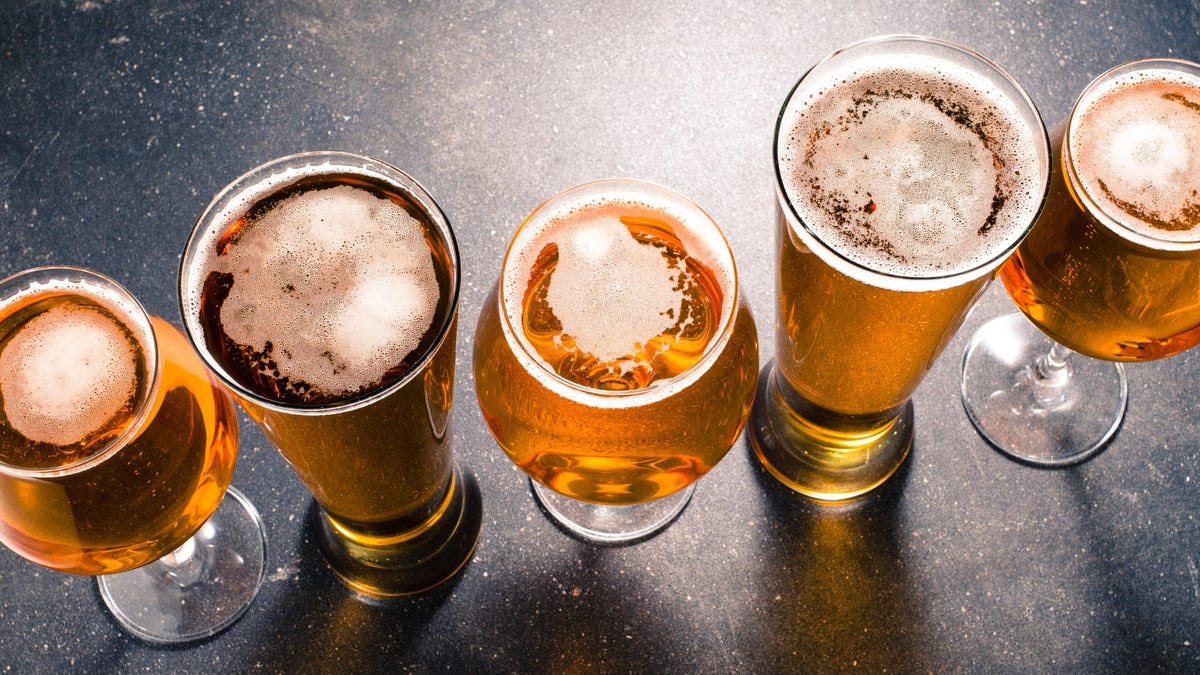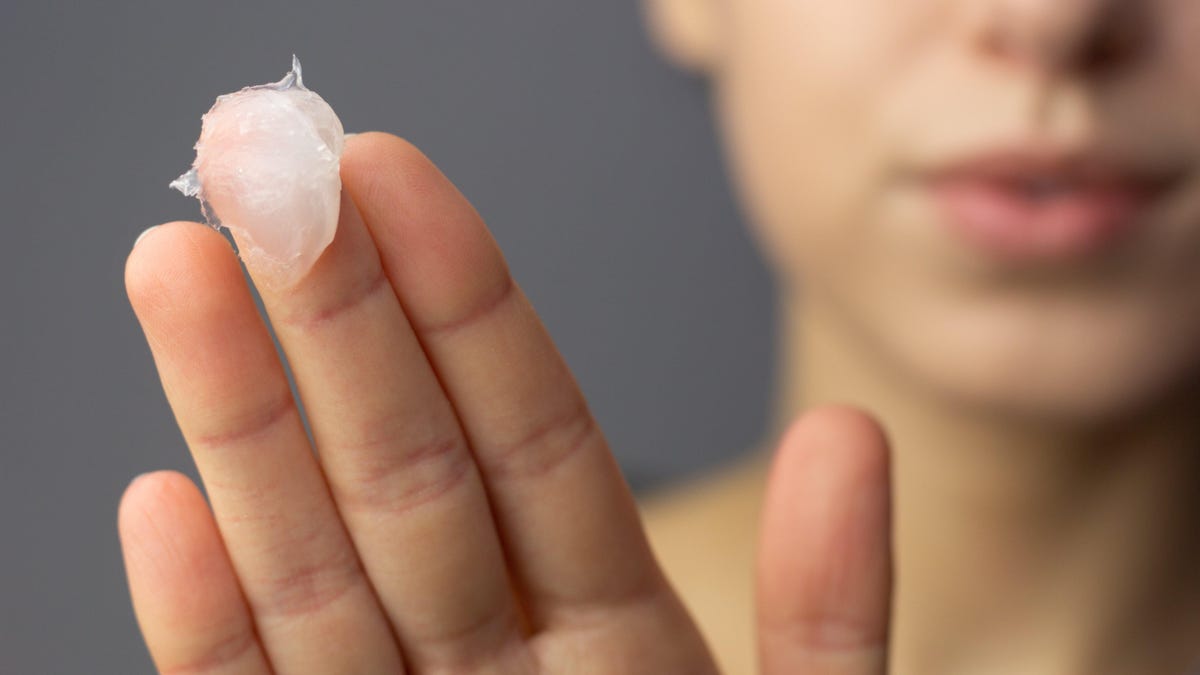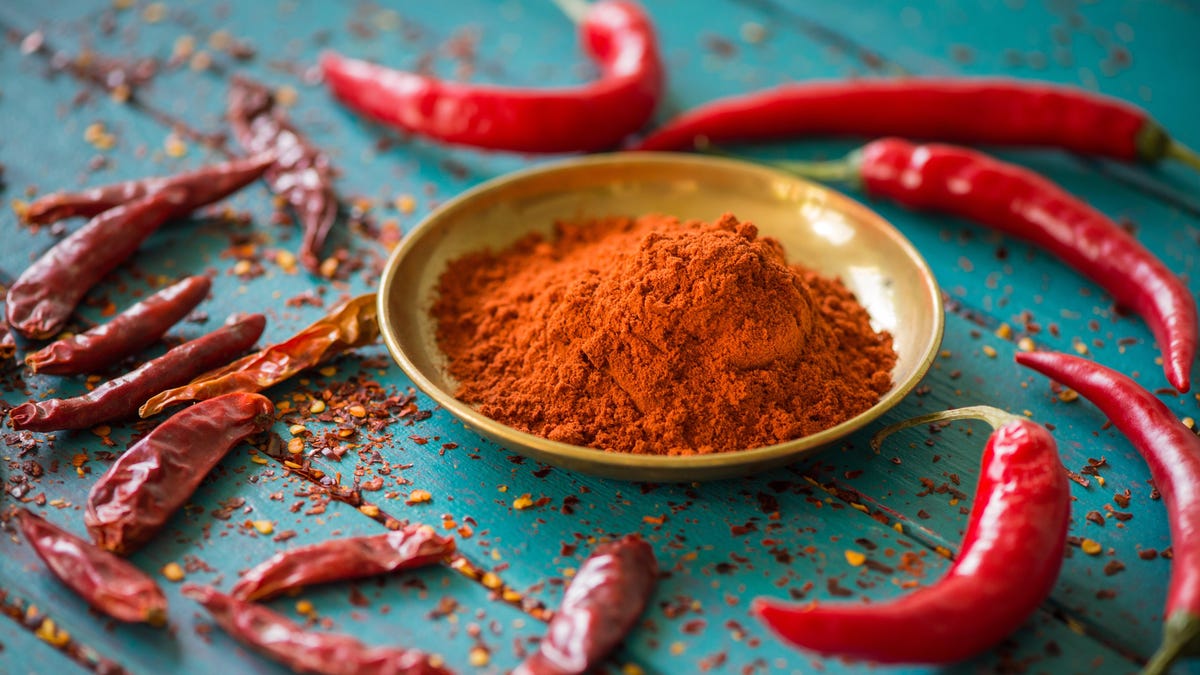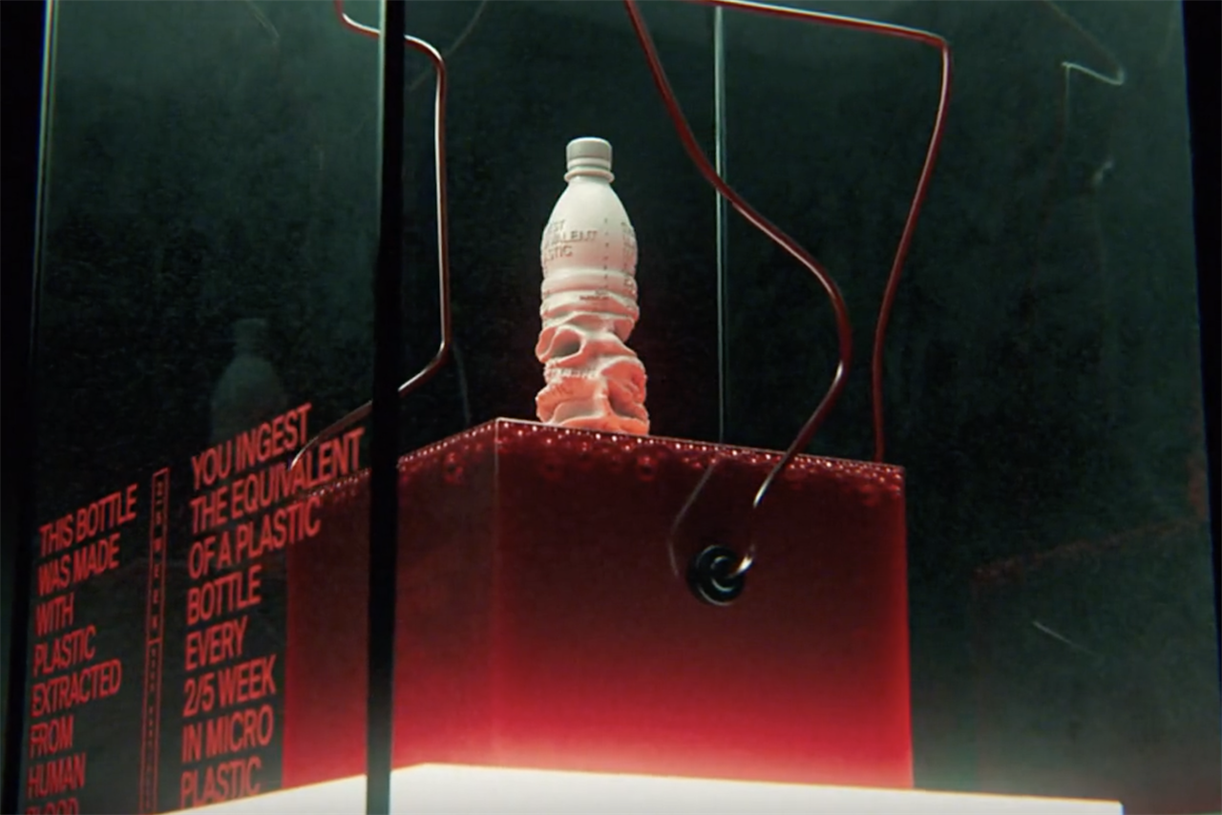12 Types of Beer Glasses (and the Perfect Brew for Each)
You might think that there’s nothing simpler than enjoying a cold beer after a long day. I’m sorry to report that you are wrong.No, Beer doesn’t have the same mystique as wine or cocktails. While the average beer drinker...


Photo: Leszek Czerwonka (Shutterstock)
You might think that there’s nothing simpler than enjoying a cold beer after a long day. I’m sorry to report that you are wrong.
No, Beer doesn’t have the same mystique as wine or cocktails. While the average beer drinker knows there are many different varieties of beer, this is a matter of taste, and doesn’t complicate the business of enjoying a brew: pour it into a glass and enjoy. Right? Most of us don’t think too hard about the glass we use—but maybe we should.
There are some things most beet experts can agree on. Just about every cicerone (basically a beer sommelier) harbors a hatred for frosted glasses, for example (Master Cicerone Neil Witte notes the coldness of the glass produces tons of foam, which leaves the beer tasting a bit flat). And there’s a universal dislike for your standard shaker pint glass (according to Michael Memsic, cofounder, of the Sanitas Brewing Company, the shaker glass is meant for shaking—as in making a daiquiri—not for beer). And everyone agrees that your beer glass should be clean—like really clean.
Increasingly, however, there is debate over the specific glass(es) you’re using to drink your beer. Some beer experts, like Tim Pollard, argue “nucleation” points (areas in the glass that promote bubbles and foam, either due to the shape of the glass or through strategically-placed etchings) keep your beer’s head healthy while releasing the aroma, while the shape of the glass can help trap that aroma for your nose and/or deliver the beer more widely across your tongue when you drink. On the other hand, beer writer Lew Bryson thinks the idea that you need a specific glass for every kind of beer is mostly marketing. And world-renowned beer writer Stephen Beaumont thinks you can get away with just a few different glasses, like a pint glass (other than a shaker) for lighter beers and a tulip or snifter for stronger beers.
So maybe you don’t need to have a specific glass for every different beer you drink—but what if you want to be fancy (and slightly annoying) about imbibing? Here is the glassware you should have on hand to pair with a dozen common beer styles—and why it matters (in theory).
2 / 14
German Pilsners: Footed pilsner glass
German Pilsners: Footed pilsner glass

Photo: Shutterstock (Shutterstock)
The classic German pilsner is a pale, clear beer that typically has a moderate alcohol by volume (ABV).
According to Cicerone Collin Zreet, lower-ABV beers do well in a footed pilsner glass because they can be enjoyed at a higher volume—i.e., you can drink more without getting trashed.
Pilsner glasses also usually sport thicker glass, which keeps the beer colder longer.
Low ABV Lagers: Mass mug

Photo: Tsuguliev (Shutterstock)
When you see a Mass mug, you probably think of Octoberfest or beer gardens. These thick mugs are huge—typically liter-sized—which makes them perfect for low-ABV beers like lagers, according to cicerone Collin Zreet. The thick glass keeps the beer cold even in hot outdoor conditions, and because the beer inside isn’t too strong (the Cicerone Certification Program advises only beers less than 6% ABV should show up in a Mass) drinking an entire liter at a time won’t leave you on the floor.
4 / 14
Wheat Beer: Weizen vase glass
Wheat Beer: Weizen vase glass

Photo: Shutterstock (Shutterstock)
According to advanced cicerone Brandon Plyler, the weizen vase glass is perfect for highly-carbonated beers because its tall design restricts the surface area of the beer, holding in the bubbles.
And Michael Memsic notes the slight curvature at the top of the wiezen vase supports more foam, which releases more of the beer’s aroma, enhancing its flavor.
Kölsch: Stange glass

Photo: Shutterstock (Shutterstock)
Master Cicerone Neil Witte notes that the stange glass is used primarily for one type of beer: the German kölsch. Sort or an ale-lager hybrid, the primary feature of kölsch is its drinkability; cicerone Mandy Naglich notes that traditionally, stange glasses are small and served several at a time, and you can typically enjoy a few without feeling too loaded.
The small size also serves the beer’s fizziness—it’s unlikely your beer will be warm or flat by the time you drain this tiny glass. And like other taller, thinner glasses, the stange helps hold the beer’s head in place.
6 / 14
Any lager: Willi Becher glass
Any lager: Willi Becher glass

Photo: r.classen (Shutterstock)
While many people think of the Willi Becher glass (named after its inventor) as a glass specifically for German-style lagers, Cicerone David Nilsen says it’s ideal for just about any lager or low-strength ale because, “the slightly inward-curving rim traps aroma and helps with head retention, and the relatively narrow diameter of the glass shows off the brilliant clarity of a good lager.”
7 / 14
High ABV beers (stouts, barleywines, eisbocks): Snifter
High ABV beers (stouts, barleywines, eisbocks): Snifter

Photo: Pete Broyles (Shutterstock)
Snifters make a person feel fancy, but they also serve a practical purpose when drinking beer. Cicerone Collin Zreet notes that snifters are usually smaller and made of thinner glass than, say, a pilsner glass, which makes them ideal for high-ABV beers like stouts.
Their small size also keeps you from passing out after drinking one beer, and the warming action of your hand will help the beer open up more. According to master cicerone Neil Witte, you should totally take advantage of the stem on a snifter—it lets you warm your beer to your ideal temperature, then use the stem to keep it there longer.
8 / 14
Witbiers, lambics, Flanders Red: French jelly glass
Witbiers, lambics, Flanders Red: French jelly glass

Photo: freeskyline (Shutterstock)
Beer sommelier Natalya Watson notes that Belgian witbiers should be served in French jelly glasses (sometimes called a Hoegaarden glass, after a beer commonly served in them). The Cicerone Certification Program adds that this type of glass is good for Lambic-style beers and sour ales like the Flanders Red. The inward taper of this glass supposedly helps to hold in the aroma of the beer.
Saisons: Tulip glass

Photo: Kirill Z (Shutterstock)
According to the Cicerone Certification Program, a tulip-style glass is ideal for most Belgian styles of beer, notably the saison. Low-ABV with high carbonation, brewer Michael Memsic says the shape of this glass retains the beer’s flavor and aroma until you’re ready to drink it. (The slight lip at the top of the glass helps with that part.) Cicerone Collin Zreet also notes the thinner glass of a tulip—just like a snifter—allows the beer to be warmed up by your hands, opening it up and making the experience of imbibing it more flavorful.
Abbey Ales: Goblet

Photo: Peter Kim (Shutterstock)
Abbey ales tend to be pretty high ABV (some go as high as 14%), which is why cicerone Collin Zreet recommends you drink them in a goblet-style glass. They’re smaller, and the bowl-like shape supposedly gives you access to the full range of the aroma and flavors with every gulp. No, seriously: The ability to take “big sips” is why you use a goblet with heavy, high ABV beers, according to beer expert Bruce Glassman.
11 / 14
Irish Stout: Tulip pint glass
Irish Stout: Tulip pint glass

Photo: W. Santos (Shutterstock)
You recognize the tulip pint from every glass of Guinness you’ve ever had. Cicerone Christopher Barnes notes that the top of the tulip pint works better than a shaker pint for head retention (Tim McKirdy at VinePair agrees, noting that “the inward curvature toward the lip of this style of glass strengthens beers’ head and helps provide the ideal amount of thick, creamy foam.”) The Cicerone Certification Program swears you can also use the tulip pint with any British- or Irish-style ale.
12 / 14
Irish Ale: Nonic pint glass
Irish Ale: Nonic pint glass

Photo: Kirill Z (Shutterstock)
With thick glass to hold in the cold, the Nonic is distinguished by the “bump out” about two-thirds of the way up. Some folks, like beer writer William Bostwick, point out that the glass was designed to avoid “nicks,” i.e., chips in the glass, but Brie Shelley at BevSpot points out that this also allows the foam to develop into a more “substantial” head, which concentrates the aromas of the beer. That makes it ideal for a low-to-moderate ABV beer.
British Ale: Pub Mug

Photo: Dietmar Rauscher (Shutterstock)
The classic pub mug looks twee, but according to brewer Michael Memsic, that cuteness serves a purpose: It’s ideal for mild Irish or English ales, or even light European lagers, because it doesn’t have a lot of retention holding in the carbonation and the aroma. Cicerone Collin Zreet adds that the thick glass of the pub mug also helps to keep beer best served at lower temps cold. The handle also helps with this as it keeps your hot hands away from the beer.

 AbJimroe
AbJimroe 
































